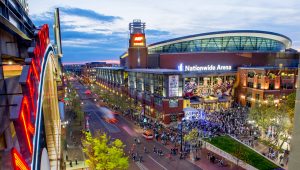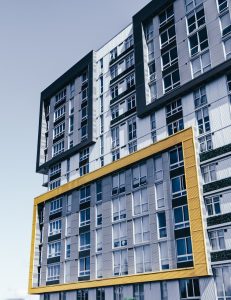
In the realm of architectural innovation and timeless design, few names stand as tall as the legendary Frank Lloyd Wright. Over the years, his unique vision has left an indelible mark on the world of modern real estate, and his architectural legacy continues to captivate both homebuyers and enthusiasts. From the iconic Fallingwater to the iconic Guggenheim Museum, Wright’s creations remain as sought-after as ever.
In this feature, we explore the enduring legacy of Frank Lloyd Wright and how his architectural principles have shaped modern real estate.
Wright’s Timeless Designs

Frank Lloyd Wright’s work is characterized by his commitment to organic architecture. He believed in creating structures that were harmoniously integrated with their natural surroundings. His use of natural materials, open floor plans, and a seamless connection between indoor and outdoor spaces set a new standard in architectural design. Even in today’s world of skyscrapers and minimalist structures, Wright’s designs continue to be celebrated for their timelessness.
One of his most famous designs, Fallingwater, built in 1935 in Pennsylvania, exemplifies this concept. The house seems to emerge from the rocks, seamlessly blending with the waterfall it overlooks. The interior space offers a sense of tranquility and serenity that few homes can match. It’s no surprise that properties inspired by Fallingwater continue to draw considerable interest from luxury real estate buyers.
Modern Real Estate: The Wright Way
Wright’s influence is evident in the preferences of contemporary homebuyers. The principles of open spaces, natural light, and a strong connection to the environment are still in high demand. Many architects and real estate developers draw inspiration from Wright’s designs, incorporating elements like flat roofs, cantilevered balconies, and extensive use of glass into their creations.
One such example is the Solstice Residences in Los Angeles, a luxury condominium complex that takes a page from Wright’s book. The building’s design seamlessly integrates the surrounding landscape, creating a living experience where residents feel at one with nature. This modern interpretation of Wright’s principles appeals to those who seek a balance between luxury living and a deep connection to the environment.
Preserving Wright’s Legacy
With Wright’s architectural legacy in mind, many efforts are underway to preserve and maintain his historic properties. The Frank Lloyd Wright Foundation, for instance, is dedicated to conserving his creations and educating the public about his architectural philosophy. It ensures that the principles and aesthetics of Wright’s designs remain relevant and accessible to future generations.
In Conclusion
Frank Lloyd Wright’s contributions to modern real estate are immeasurable. His pioneering ideas and groundbreaking designs continue to inspire architects, real estate developers, and homeowners alike. As the demand for organic, environmentally-conscious design grows, the legacy of this iconic architect only becomes more pronounced in today’s real estate market.
In a world where architectural trends come and go, the enduring appeal of Frank Lloyd Wright’s designs is a testament to his genius. His architectural legacy will undoubtedly continue to shape the landscape of modern real estate for years to come, proving that great design stands the test of time.
















